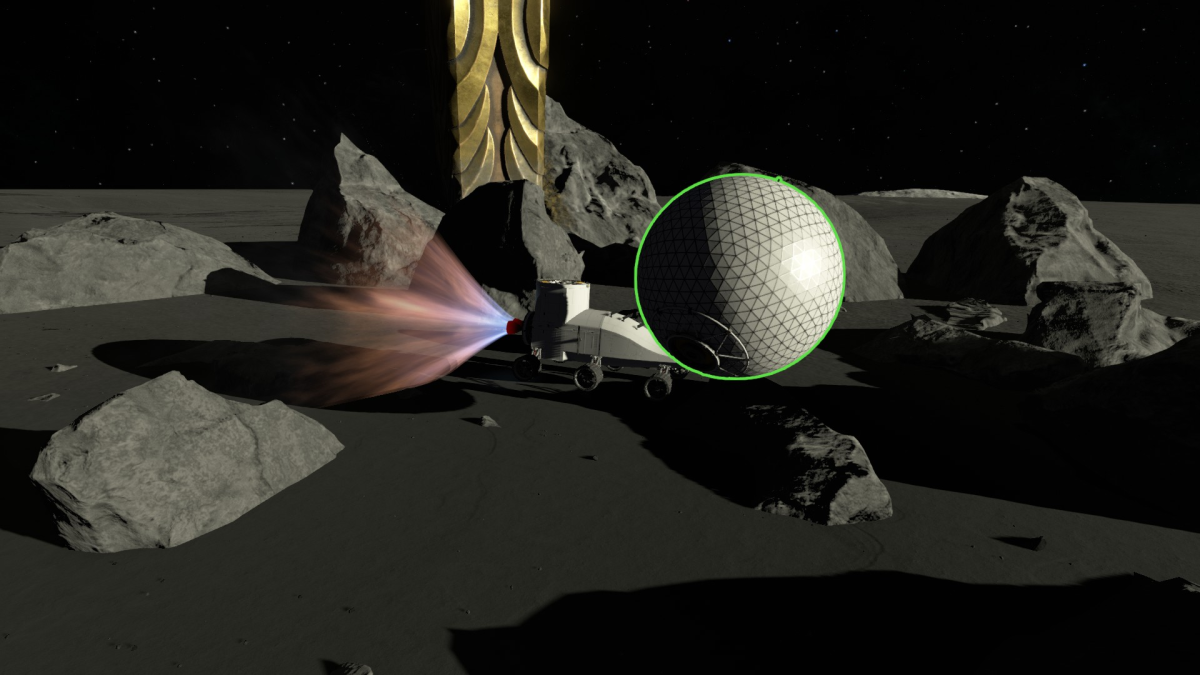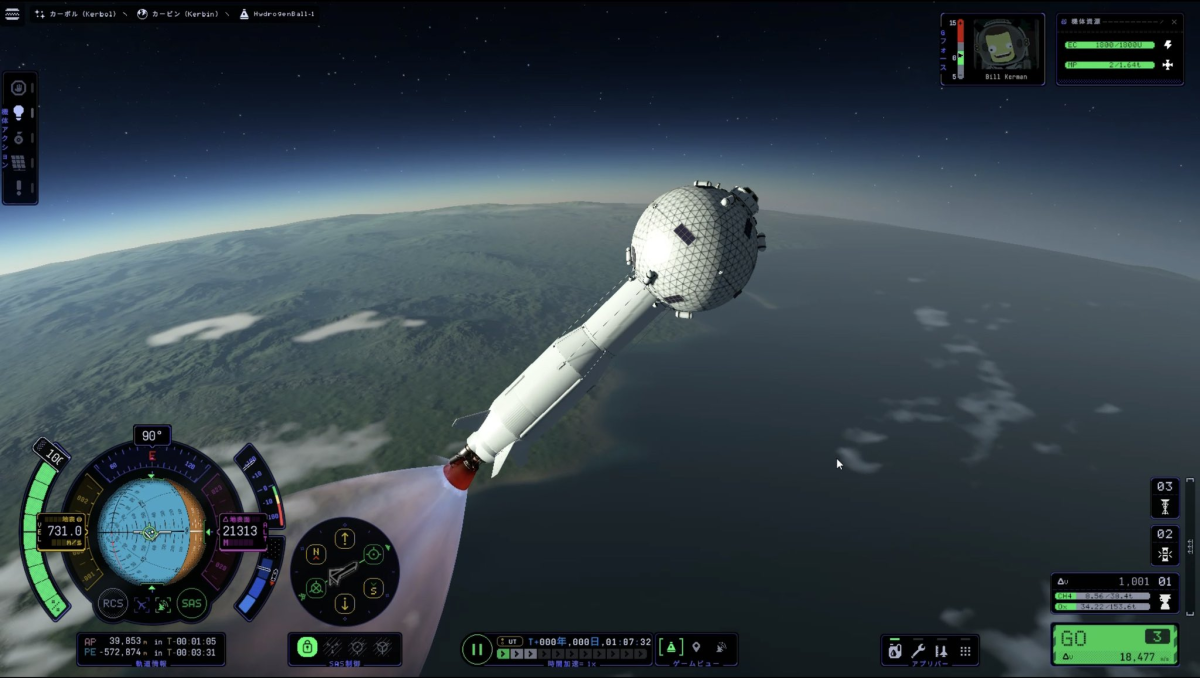
Aug 30, 2023
Kerbal Space Program 2 - mikey
🚀 <-- This rocket denotes a fix that community members directly helped our dev team fix. Thanks to all of you who send in bug reports!
Bug Fixes
Flight & Map
- Added input binding for toggling freecam in flight
- Added NavBall texture color changes based on velocity state
- 🚀 Improved orbits decaying when vessels are not applying any thrust https://forum.kerbalspaceprogram.com/topic/212388-appe-are-dropping-orbital-decay-when-in-low-orbit-of-some-planetsmoons/
- 🚀 Fixed: Airbrakes respond to roll inputs https://forum.kerbalspaceprogram.com/topic/217891-airbrakes-deploy-when-performing-roll/
- 🚀 Fixed: Camera orientation flips 180 degrees after switching to flight from map https://forum.kerbalspaceprogram.com/topic/217818-camera-resets-position-every-time-you-enter-and-exit-map-view/
- 🚀 Fixed: Normal SAS orientation maneuver burn at periapsis is inaccurate https://forum.kerbalspaceprogram.com/topic/216619-incorrect-maneuver-on-inclination-change-normal-and-anti-normal/
- 🚀 Fixed: Kerbals eject with extra velocity when EVA'd from Grumble Seats while in space flight https://forum.kerbalspaceprogram.com/topic/217883-kerbals-still-flung-at-high-speeds-when-going-eva-in-space/#comment-4297898
- Fixed: Dates don't start on Year 1 Day 1
- Fixed: Activate/deactivate action button for engines gets out of sync
- Fixed: Alternators produce power when engines are off
- Fixed: Animated engine gimbal forces are incorrect after reverting
- Fixed: Animated gimbals don't function when offscreen (when in map or offscreen during flight)
- Fixed: AP and PE markers of inactive vehicle in orbit stay on screen after switching focus to a landed vehicle within the Tracking Station
- Fixed: Action vessel can be controlled while in the Tracking Station
- Fixed: Camera zooms in and out when scrolling in some flight apps
- Fixed: Cargo bay aero shielding sometimes leaves contained parts out of collider checks
- Fixed: Errors generated when launching a vessel with a fairing
- Fixed: Hibernate in timewarp doesn't work properly for probes
- Fixed: Mouse look does not stay active when pressing Tab in flight
- Fixed: Probe cores stop consuming electricity after being decoupled
- Fixed: RCS blocks don't work in fine control mode
- Fixed: RCS thrusters remain on when switching away from a vessel
- Fixed: SAS and throttle sometimes reset when decoupling stages
- Fixed: SAS mode buttons do not always register clicks
- Fixed: Timewarp overshoots when crossing SOI boundary, causing orbit to change
Optimizations
- Added LODs to some KSC buildings
- Added LODs to spotlight shadows at KSC
- Cleaned up code and UI to improve performance of some windows
- Improved performance when hovering over items in the parts picker UI
- Improved UI performance when adding or removing stages in the VAB
- Improved VAB framerate by optimizing part bounds calculations
- Massively improved speed of PAM deployment/closure
- Optimized code in the sonic boom system preventing unnecessary calls
- Optimized terrain shader by removing expensive and infrequently-used features
- Optimized undo and redo actions in the VAB to reduce update delays
Saving & Loading
- Fixed: Error generated and failure to load when attempting to load a game with a crash-landed vessel
- Fixed: Error spam while loading a game with a vessel orbiting Kerbol
Parts & Stock Vessels
- Adjusted colliders for all landing gear parts so they are more accurately selectable/highlightable
- Fixed: LY-60 landing gear sometimes flips when extended
- Fixed: Rovemax M1 twitches back and forth at the suspension when off the ground in flight
- Increased fairing maximum length for AE-FF000, AE-FF125, AE-FF250, AE-FF375, and AE-FF500 parts
- Updated drag cube for the HS-I Deluxe Inflatable Heat Shield so that it properly changes when deployed and retracted
- Updated the side count of the RF-AD-L 800 fuel tank to better match like-sized parts
- Updated the side count of the RS-AD 800 fuel tank to better match like-sized parts
UI / UX
- 🚀 Fixed: Flight UI flickers when using an AMD GPU https://forum.kerbalspaceprogram.com/topic/217867-graphical-glitches-on-amd/
- Adjusted interactable area on scrollbars
- Improved how loading tips are displayed to show more of them
- Updated fairing editor icons to improve legibility
- Fixed: HUD issue that occurred when scaled to 50%
- Fixed: Holding click and dragging some buttons can cause the wrong visual state to display
- Fixed: Only one celestial body name can be pinned at a time in the Tracking Station
- Fixed: Part description does not expand when pressing Shift in the part picker
- Fixed: Save window in the VAB can be dragged horizontally
- Fixed: Tracking Station load screen remains visible when transitioning from Training Center
Construction
- 🚀 Fixed: Center of Thrust, Center of Mass, and Center of Pressure markers appear when there's no vessel in the VAB https://forum.kerbalspaceprogram.com/topic/216597-centre-of-massthrustpressure-vectors-sitting-on-the-vab-floor/
- 🚀 Fixed: The player is unable to change symmetry modes while holding the first part of a strut or fuel line. It is now only locked when holding the second part. https://forum.kerbalspaceprogram.com/topic/217953-cannot-change-symmetry-while-holding-a-strut/
- 🚀 Fixed: When Alt-copying a subassembly with wings, the copy has one of the wings flipped upside down https://forum.kerbalspaceprogram.com/topic/217851-plane-wings-invert-on-copy-paste/
- Fixed: Camera panning orientation does not update when toggling vehicle orientation modes in the VAB
- Fixed: Engine shrouds are generated incorrectly when stack attaching a non-root engine above other parts
- Fixed: Current anchor point and potential anchor points are not differentiated in the VAB
- Fixed: Fuel bar is sometimes empty when loading a vessel in the VAB
- Fixed: Undo removes the held part
- Fixed: VAB and anchor points appear when they should not
- Fixed: Parts Manager shows the pod icon for all categories
- Reduced delay for disappearance of fairing and wing edit buttons when cursor has moved away from procedural part
- Fixed: New workspace not resetting history snapshots for the Undo tool
- Removed duplicate history snapshots for the Undo tool for compound parts
- Fixed: Part of the LY-35 Landing Gear shakes uncontrollably when placed in the VAB
- Fixed: Base size of TOOB-375 adjustable tube causes stacked tubes below to generate the wrong size fairing in the VAB
- Fixed: RF-AD-B 400 does not create a copy of the part when node attaching a part
EVA
- Fixed: Jetpack cannot be used on previously EVA'd Kerbals when EVAing a new Kerbal
FX & Audio
- Adjusted timing of voiceover when reaching a maneuver in the burn timer
- Fixed: Audio stopping under some circumstances
- Fixed: Sounds based on time of day do not play correctly at KSC
- Fixed: Vessel audio is not heard when throttling or staging the vessel while in map mode
Tutorials
- Fixed: First time user experience confuses map view for tracking station view
- Fixed: The player loses keyboard and camera control when pausing and resuming a tutorial mission while in map mode in the Training Center
- Fixed: Training Center shows artifacts in the background when transitioning from VAB
- Fixed: Tutorial "Deorbiting" does not detect a crash event correctly
Localization
- Integrated: Localized strings for save gameplay menu
Modding
- Fixed: LoadByLabel not properly respecting assets in addressables in mod asset bundles. Labelled addressables should load properly now.
Known Issues
Orbital Decay: Improvements have been made to address the issue and we continue to work on eliminating it completely.Performance Degradation: While we have seen improved performance in many ways as noted in the Optimizations section above, some players may see issues on GPU-bound setups while in orbit around Kerbin or on the surface of other planets. We are working to resolve this issue. If you see any changes in your performance, please fill out a bug report through the link below.
Submitting Bug Reports and Feedback
If you'd like to provide feedback about this build, there are many different ways to do so:Submit Feedback through the Game Launcher
Suggest a Change on the KSP Forums
Join us on Discord to discuss potential changes
Bug reports should be shared to either:
Private Division Customer Support
Dedicated Bug Reports on the KSP Subforum





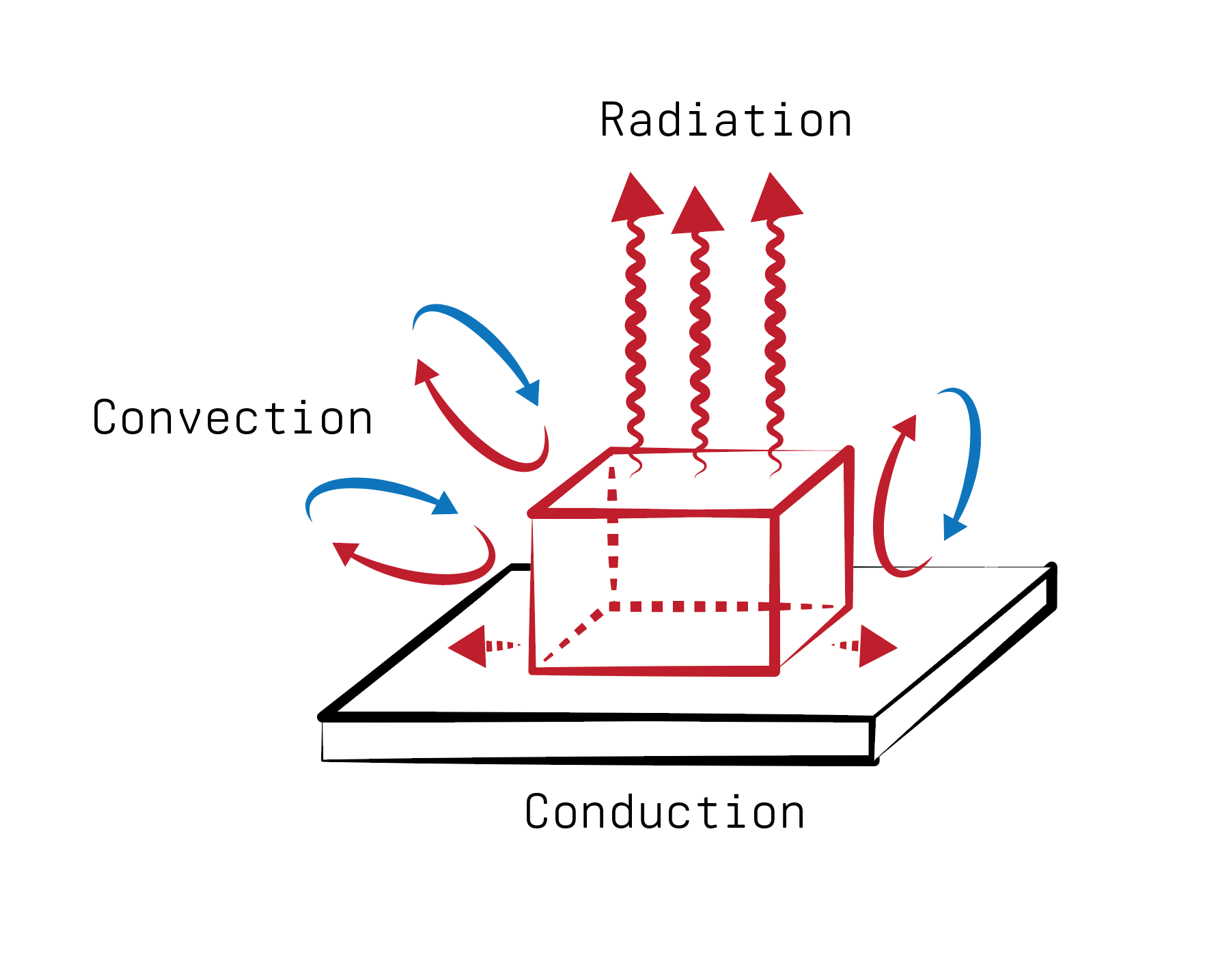 The three common processes that move heat around.
The three common processes that move heat around. An astronaut servicing a thermal control radiator on the International Space Station and a large KSP2 interstellar vessel with several radiators in its midsection.
An astronaut servicing a thermal control radiator on the International Space Station and a large KSP2 interstellar vessel with several radiators in its midsection. 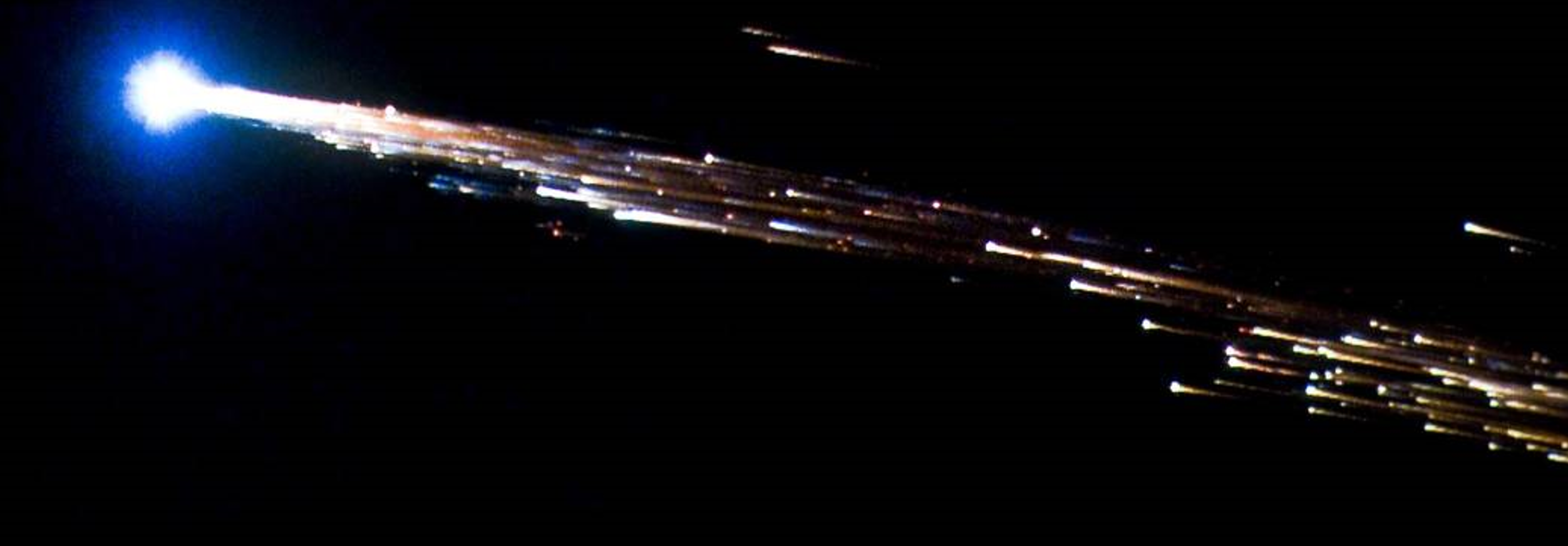 The ESA spacecraft Jules Verne burning up in reentry.
The ESA spacecraft Jules Verne burning up in reentry.  Reentry stories: you should really add a heat shield.
Reentry stories: you should really add a heat shield.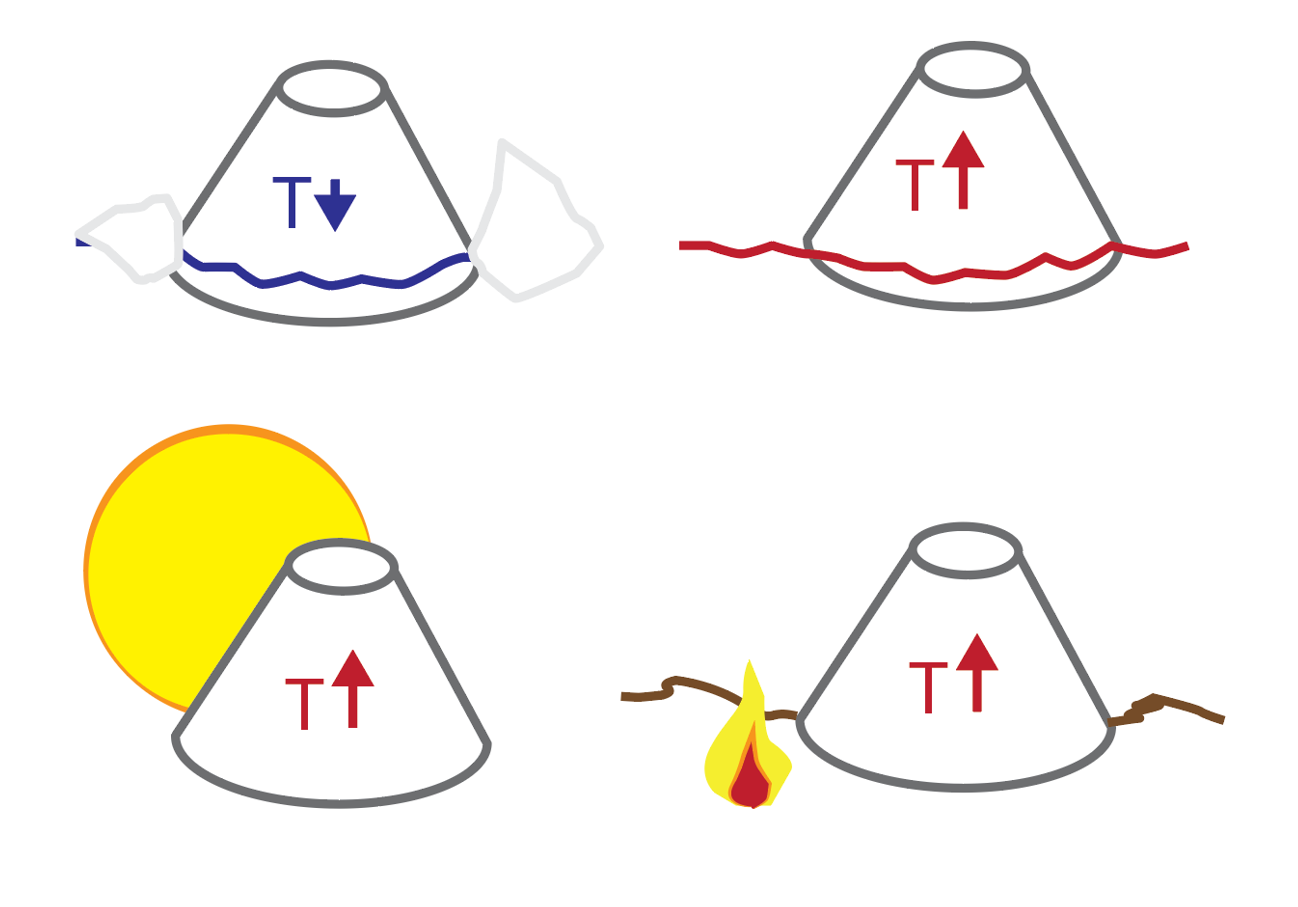 Environmental stories. I'm a designer, not an artist!
Environmental stories. I'm a designer, not an artist!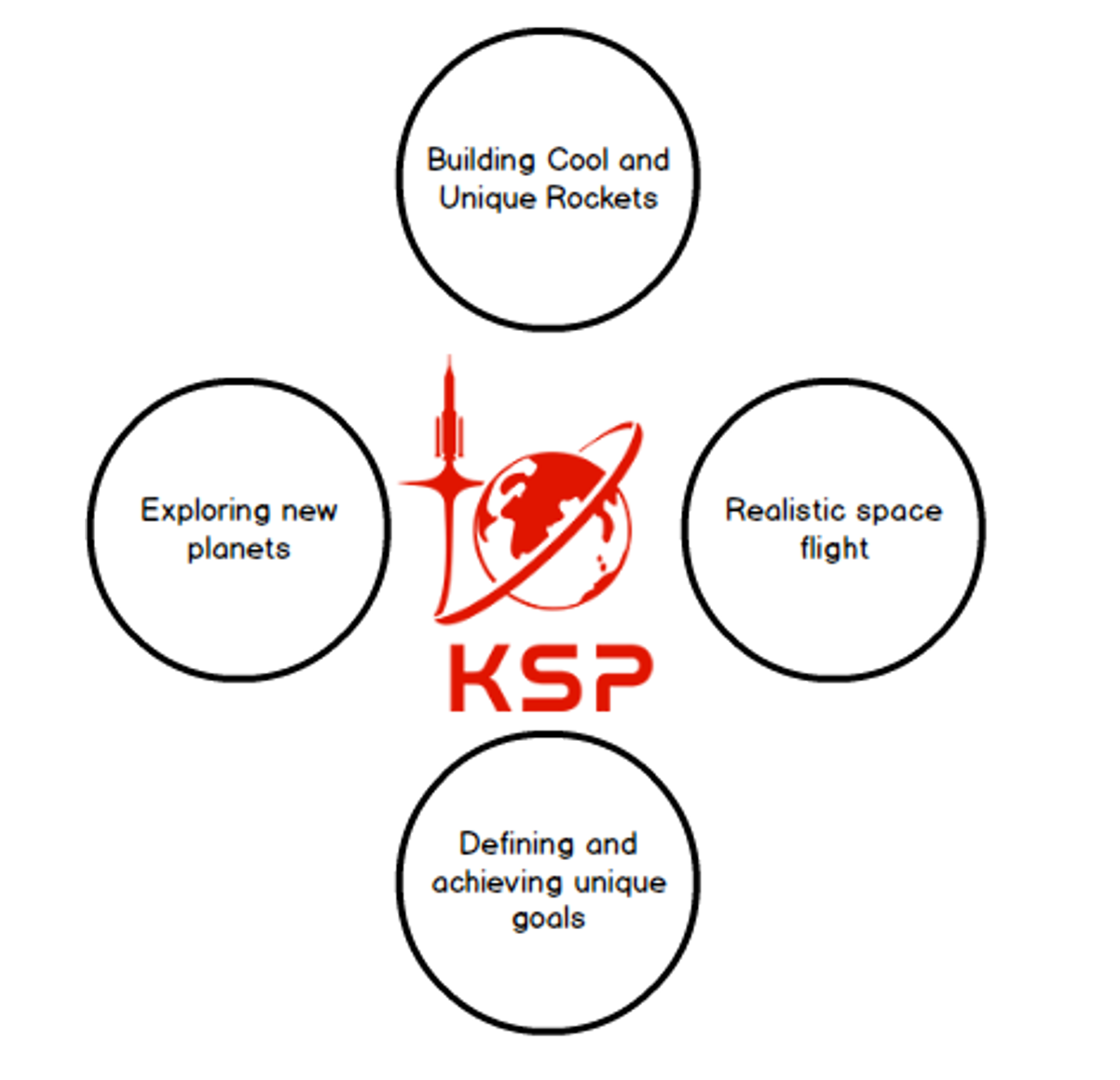
 This cow is exchanging energy with its local environment!
This cow is exchanging energy with its local environment!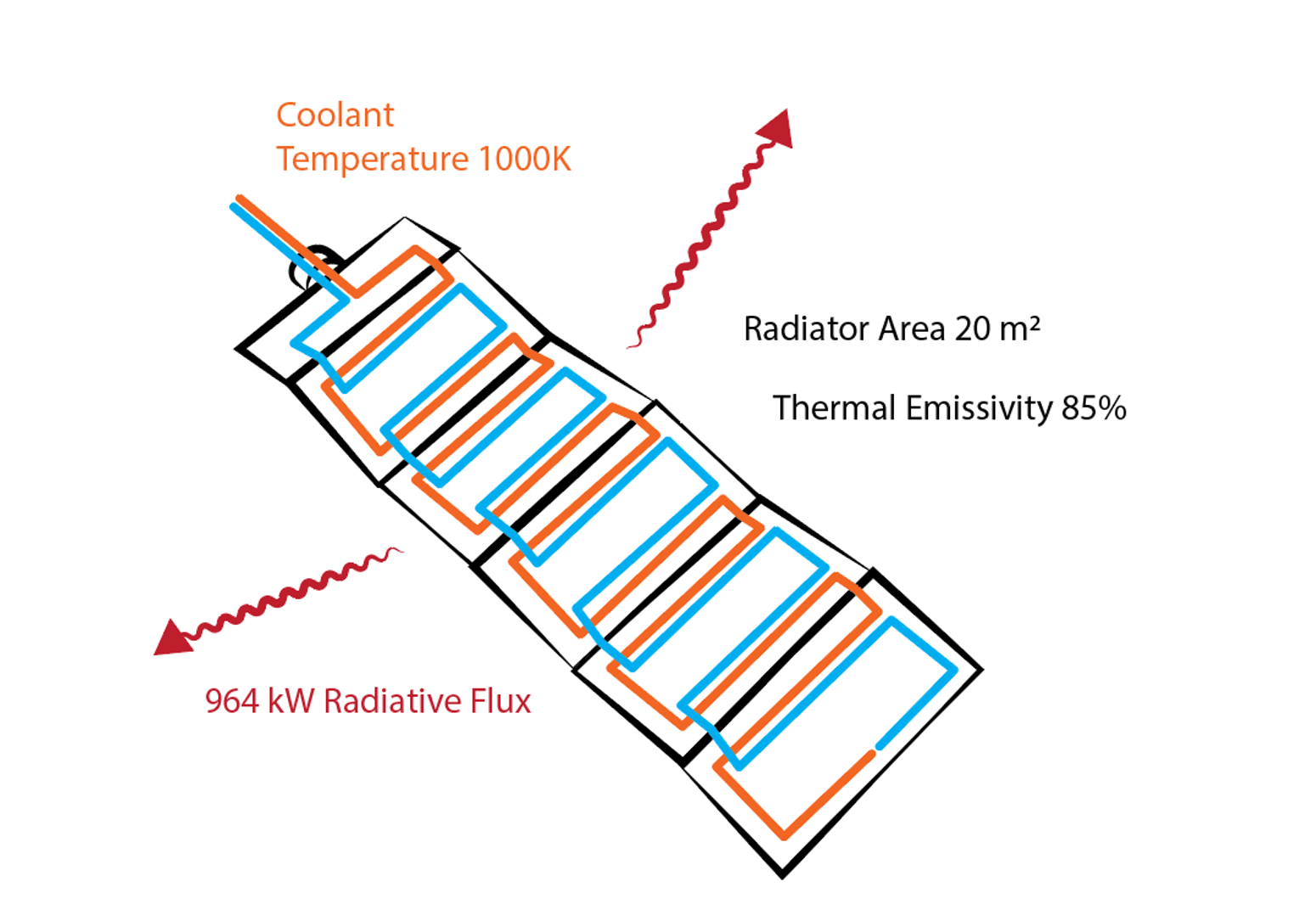 A radiator with a few of the parameters that might be needed to physically simulate it.
A radiator with a few of the parameters that might be needed to physically simulate it.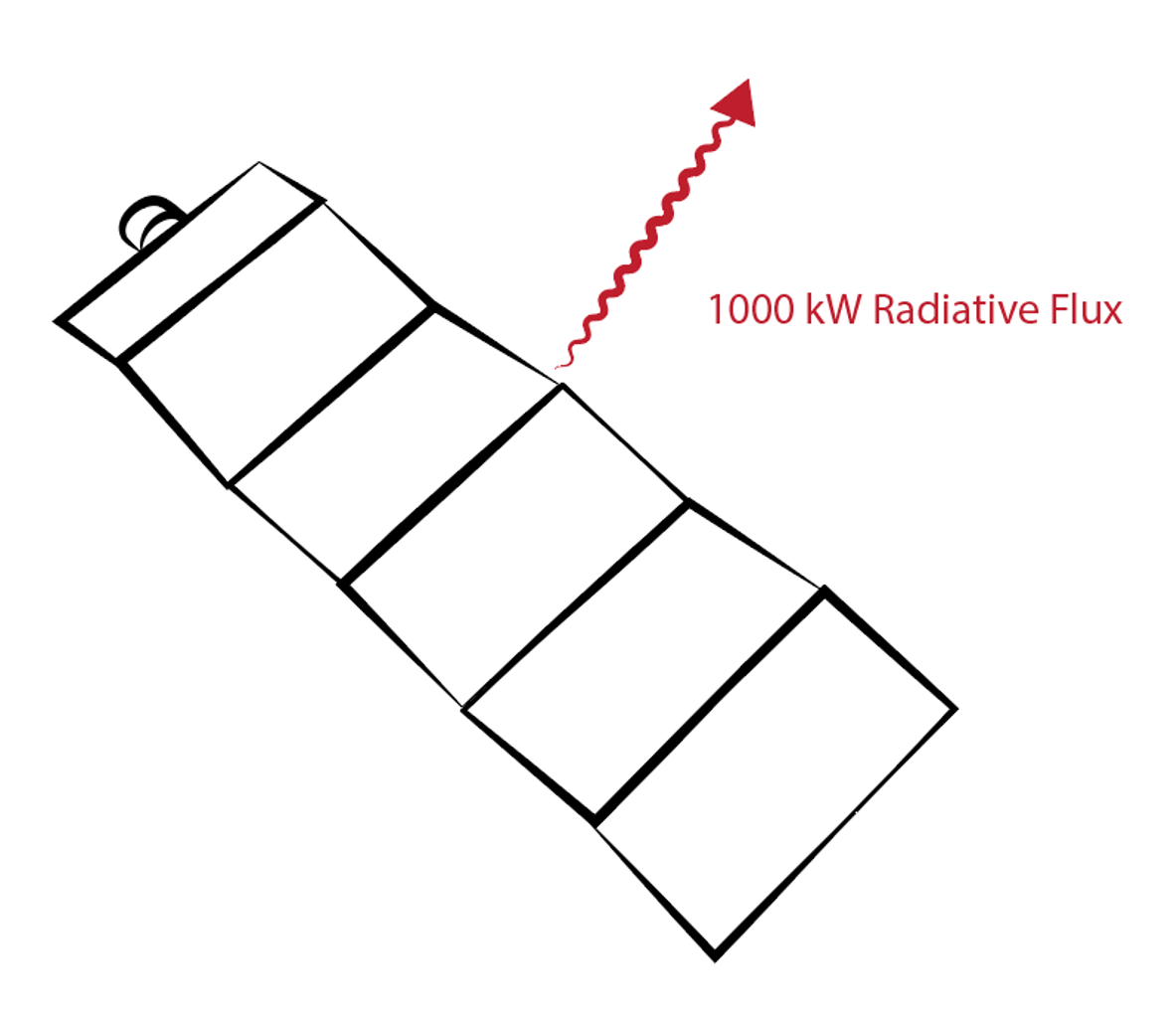 A radiator with a single deterministic flux value, informed by physical relationships.
A radiator with a single deterministic flux value, informed by physical relationships. The KSP1 simulation-focused thermal model, as shown by the in-game KSPedia.
The KSP1 simulation-focused thermal model, as shown by the in-game KSPedia.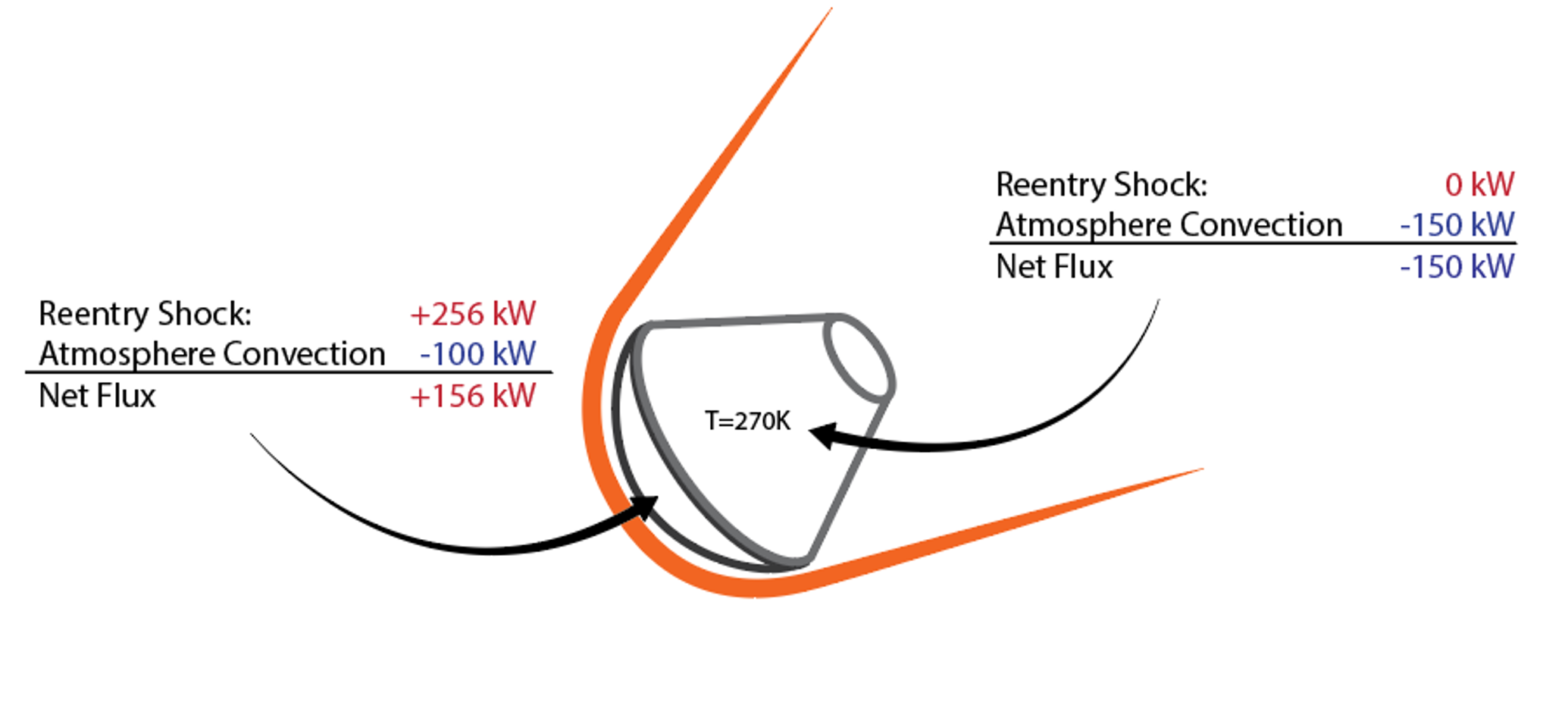 Thermal system in a reentry context.
Thermal system in a reentry context.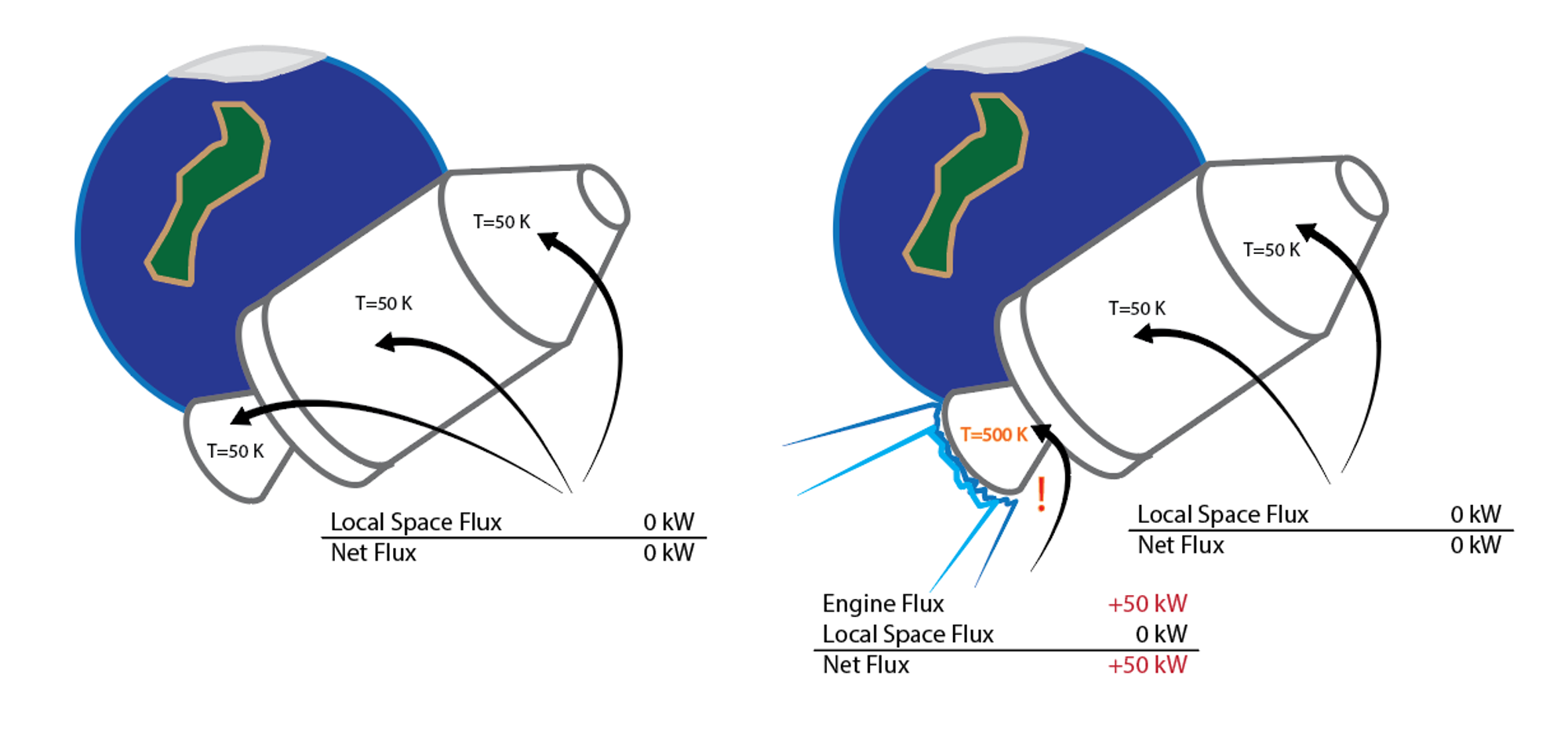 Thermal system in an orbital context, with a part.
Thermal system in an orbital context, with a part. A more complex ship makes for a more complex example.
A more complex ship makes for a more complex example.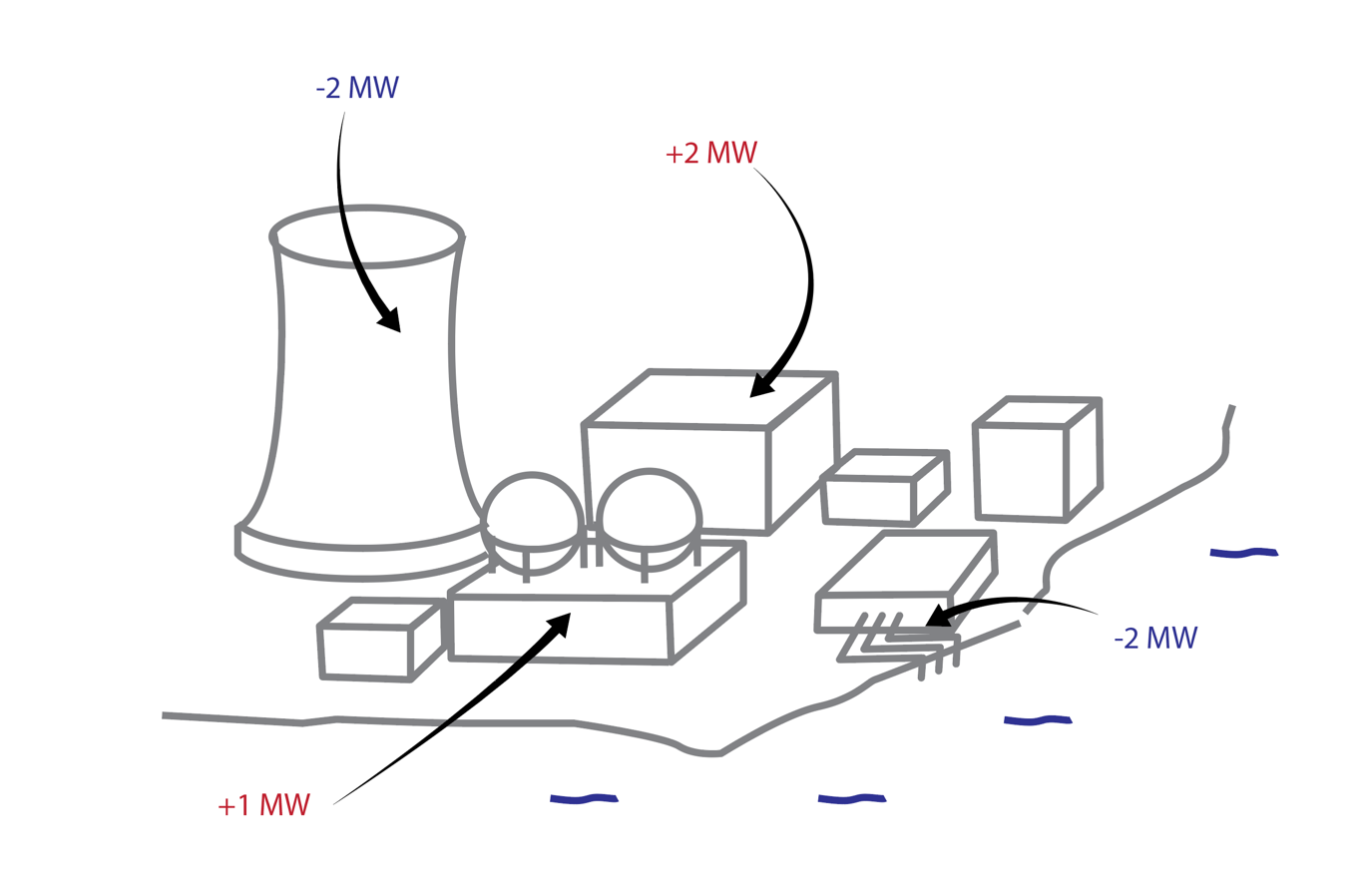 A zoomed out example, with a colony!
A zoomed out example, with a colony!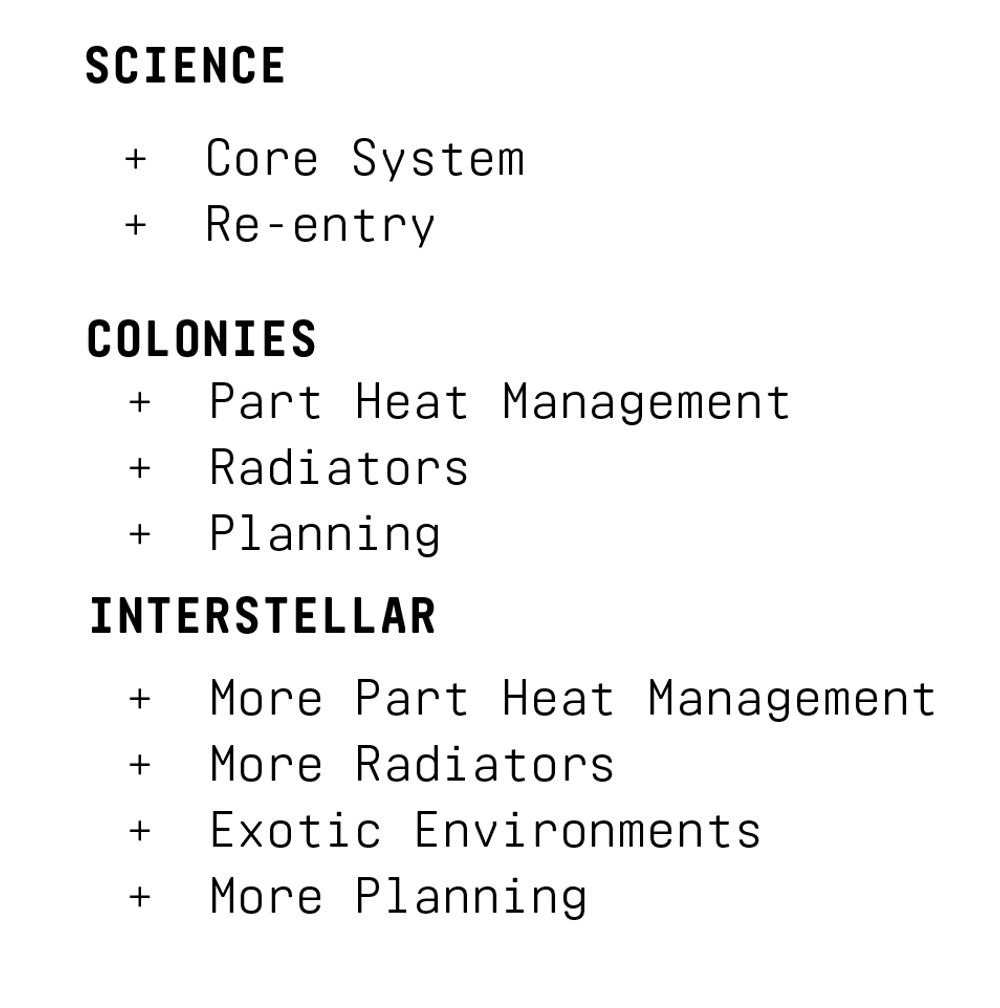
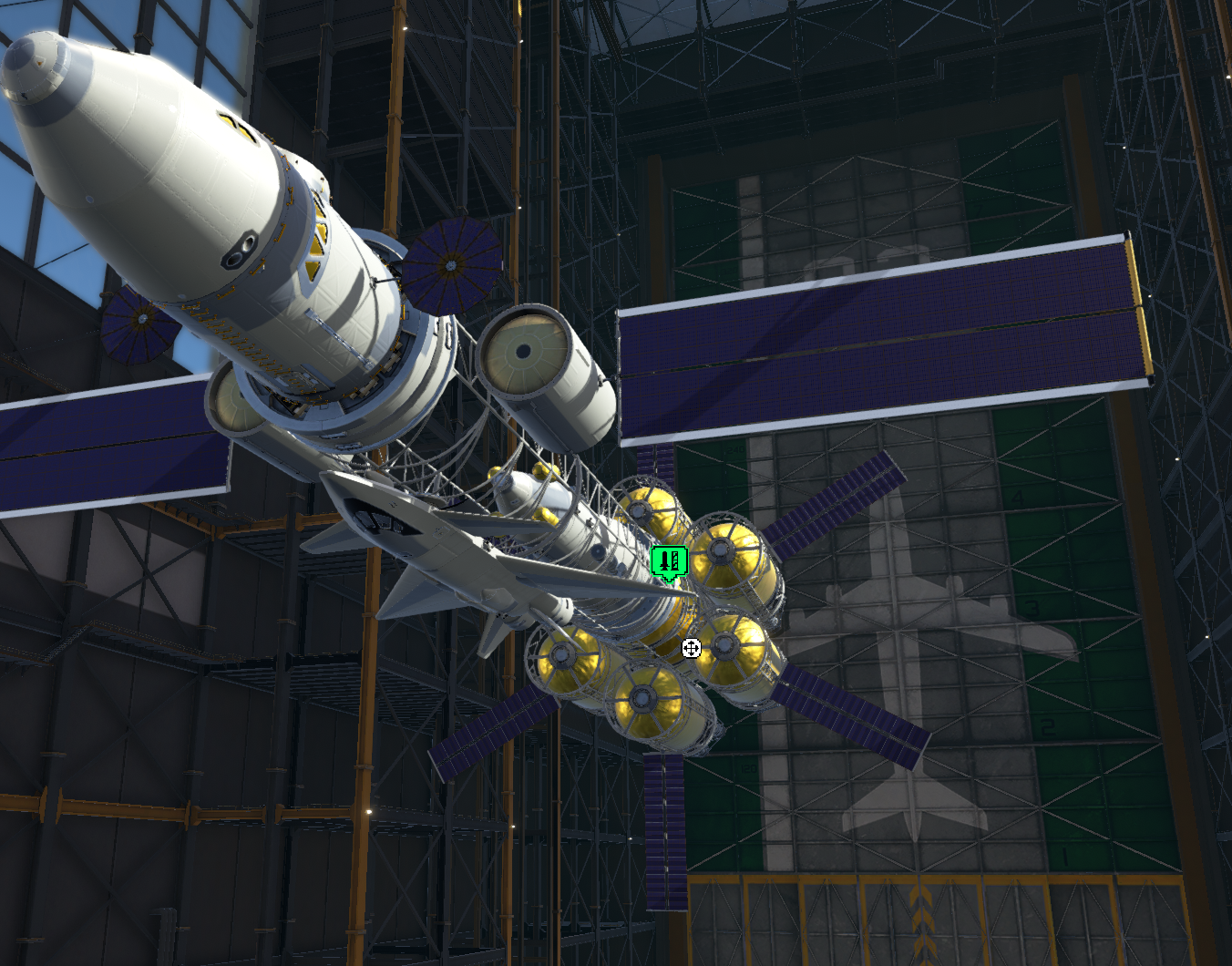
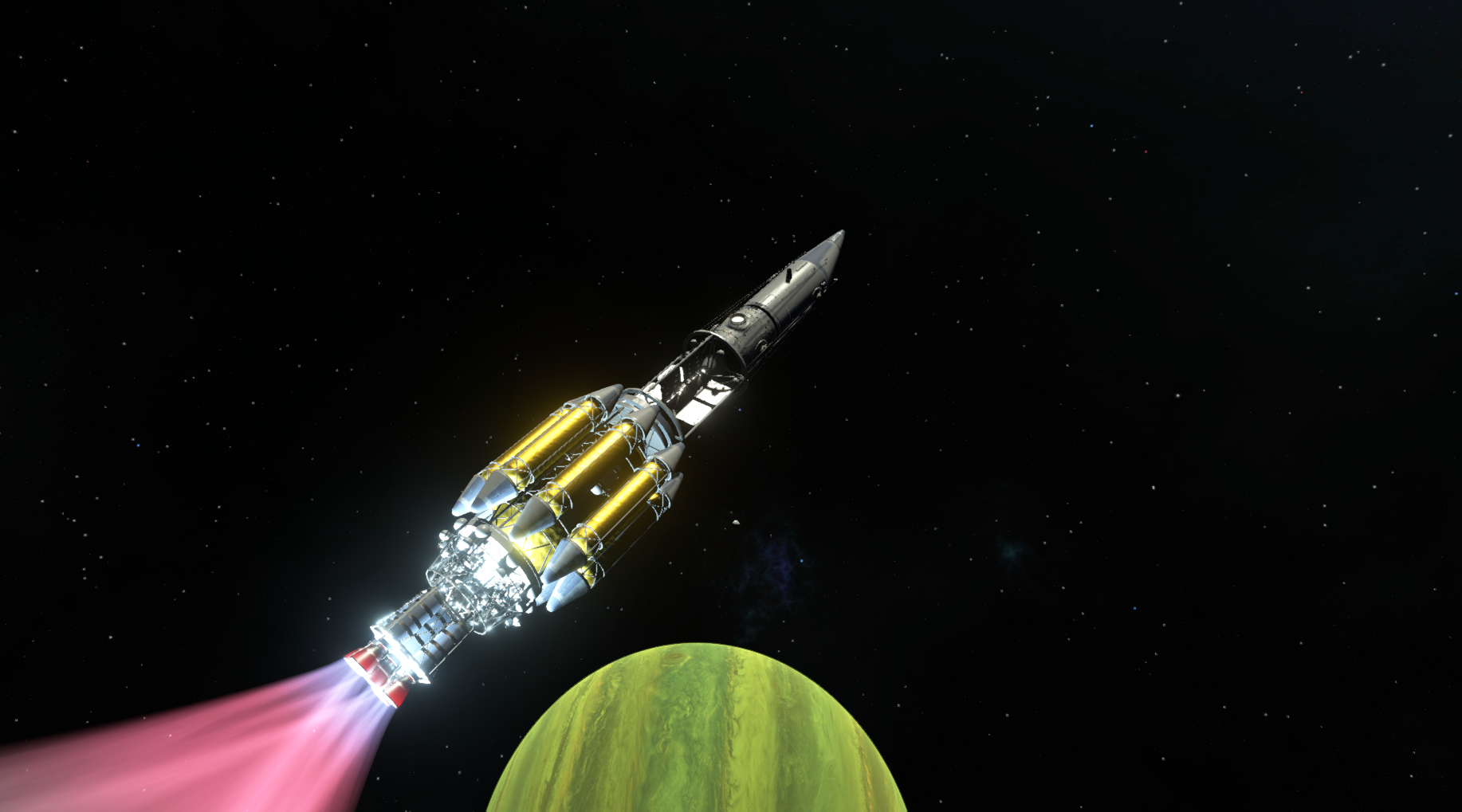
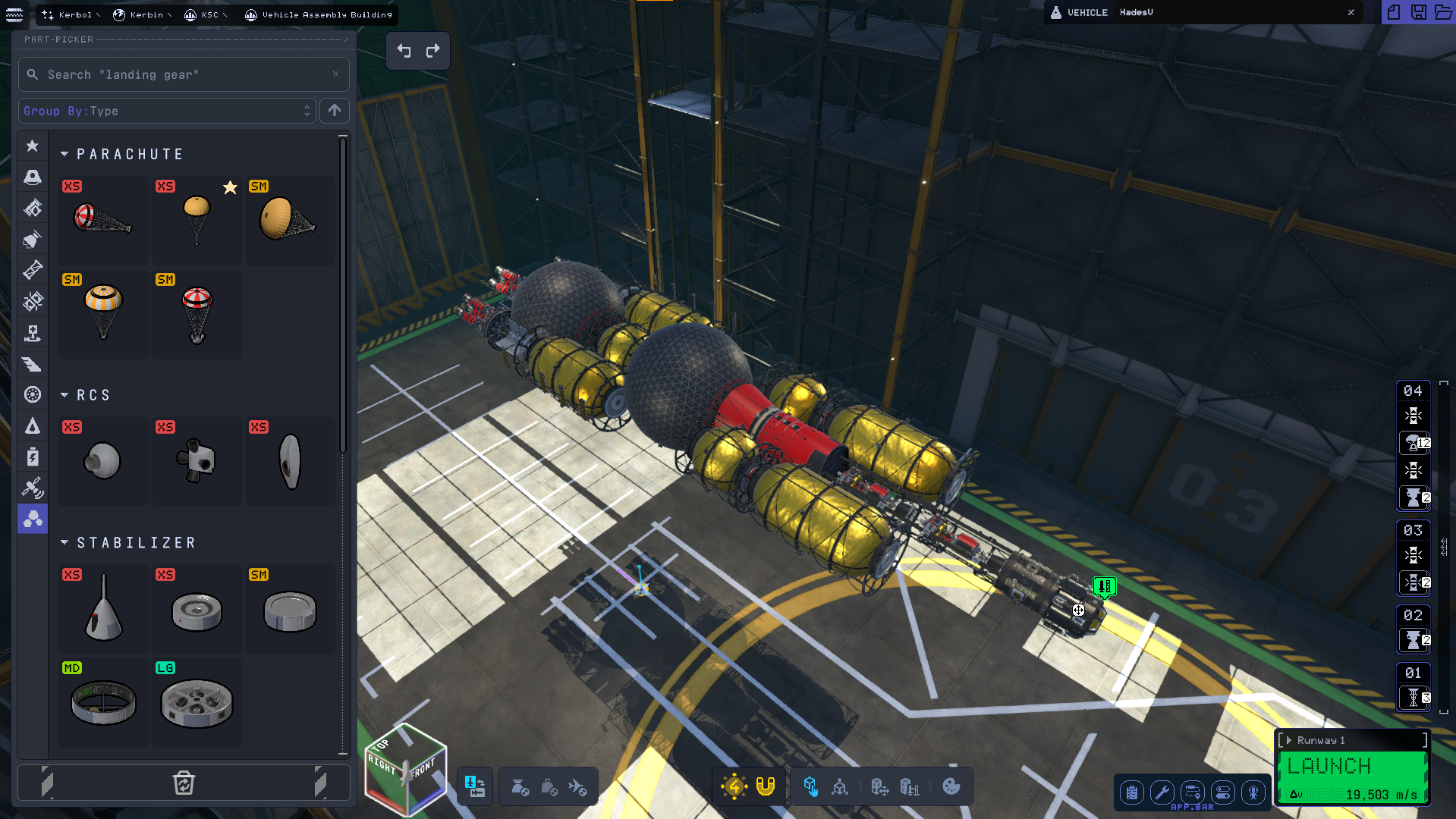
 Concept art of the new Kerbal suits.
Concept art of the new Kerbal suits. Early idea sketches of the Early Access key art.
Early idea sketches of the Early Access key art.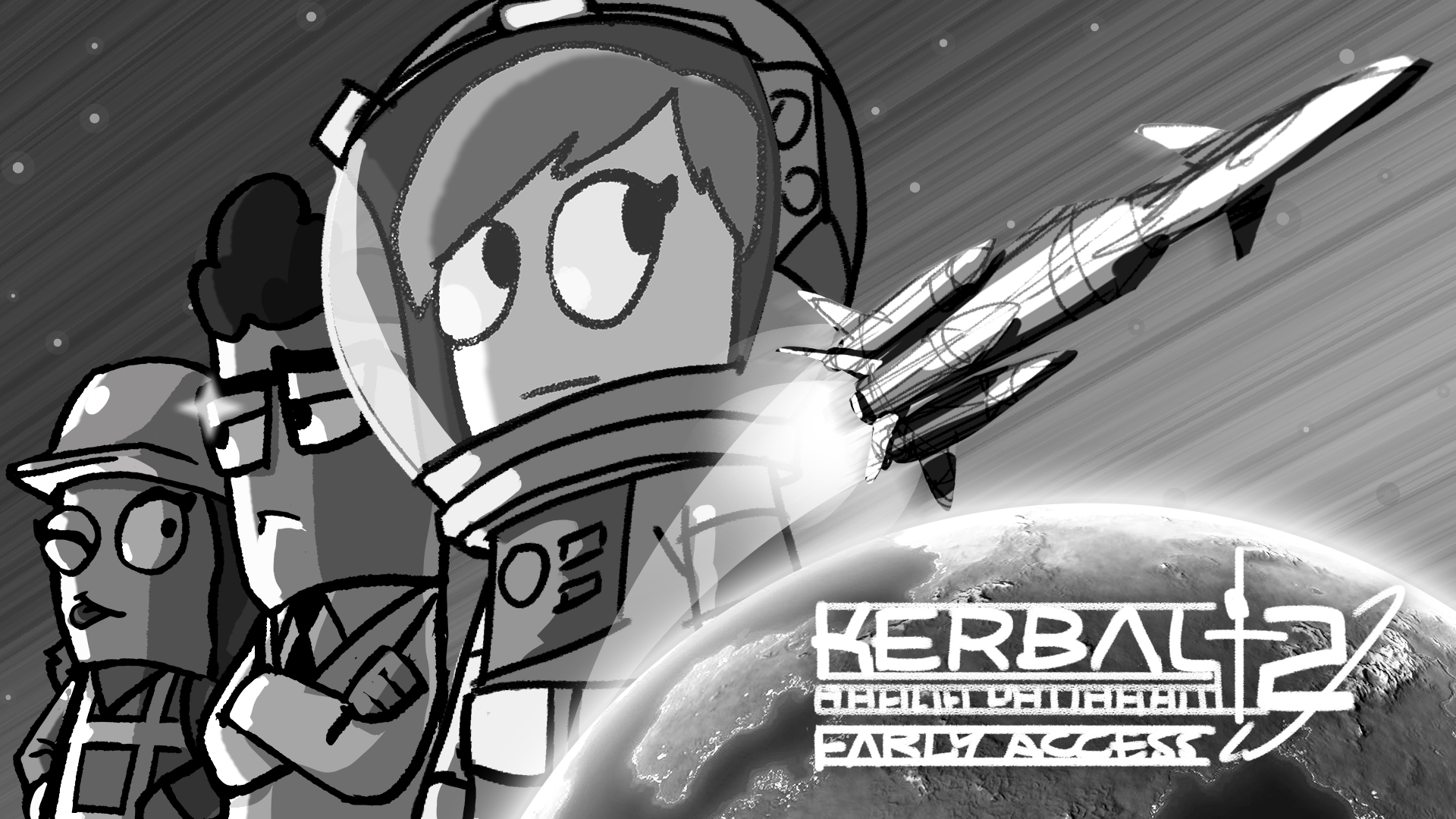 The sketch that would become the Early Access key art.
The sketch that would become the Early Access key art.
